[Music and Dramas] Remixing the past and finding clarity through fusion sageuk OSTs
by murasakimi
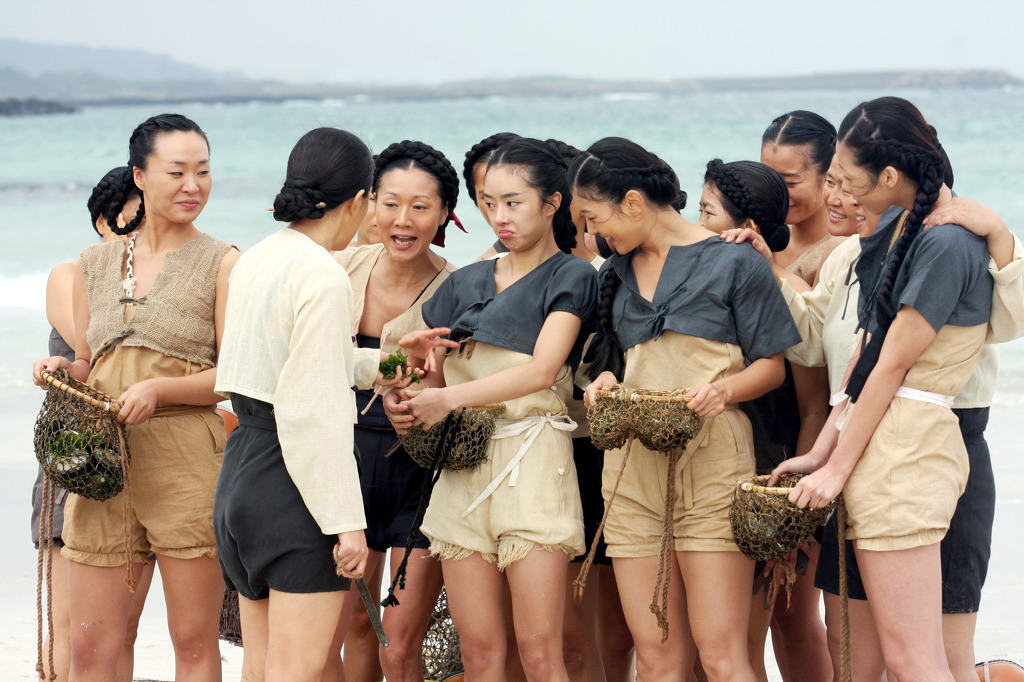
Nothing captures my imagination or gets me more excited for a drama quite like a well-composed fusion sageuk OST—from the blood-pumping, unadulterated rock tracks like “Fate” (Damo), to more sorrowful, gayageum-heavy pieces such as “Aged Paulownia Hides Its Melody” (Painter of the Wind), or celebratory folk songs that are a perfect combination of both past and present.
For fusion sageuks dramas, the OST is like a crucial supporting character that can clearly define a drama’s emotional intentions and artistic identity, and elevate its story beyond the pages of history. I believe fusion sageuk OSTs are a uniquely fertile environment for innovative sounds and remixes, incorporating classical, rock, and/or operatic elements, while also showcasing traditional Korean instruments and vocal techniques to great success.
Individual songs like “Gloomy 30’s” (Chuno), “Araro” (Queen Seon-deok) and, “If Spring Comes,” (Rebel: Thief Who Stole The People), bring a great deal of personality to a drama, so even if the show doesn’t necessarily live up to your expectations in the end in terms of plot or writing, it still feels as if you are walking away with a strong understanding of the emotional themes that the drama intended to communicate, or the spirit of the characters the songs were designed to embody.

Sometimes a stellar song can do a good amount of emotional legwork in a drama where all the other components (or even the other songs on the OST) may not necessarily be working on the same level. An example that comes to mind is “Will Be Back” from Moon Lovers: Scarlet Heart Ryeo.
This song is so successful at conveying the tragic yet lovely sentiments of Wook’s first marriage that every time I play it, the imagery of snow floods my mind, and a feeling of longing and sorrow washes over me. The airy vocals impart something holy and otherworldly to its listeners, and though I can hardly remember a single thing that Wook’s first wife ever said (much less her name), I understand so clearly what she represented, and the values that she lived by.
Personally, this transportive quality is more potent with fusion sageuk OSTs because of their fictional historical settings, and is closely tied with the gorgeous visuals and color palettes of its drama, and other strong sensory components.
Tamra the Island, “Or After”
No song transports me right back into the world of a drama better than “Or After” from Tamra the Island. From the very first note, it’s as if I can almost taste the Jeju sea water as I’m diving for abalone with the other haenyo to that energetic drum beat. The collective chanting and traditional Korean instruments are absolutely soul-stirring. The main theme, “Tamra, The Island,” is also beautifully conceived, but as would be expected, I think Korean folk music in a sageuk (fusion or otherwise) application is truly unparalleled, and I find that I will choose it over almost any of the other musical offering in an OST. “Or After” injects me with an exuberance and sense of optimism that I don’t innately have, but have always admired.
There’s something very meditative about music, and fusion sageuk OSTs in particular. When I was younger, I experienced bouts of melancholy, and struggled to connect to elements of my life in what I would consider a meaningful way. It sounds a tad dramatic written down, but truthfully it wasn’t something I examined with an intention to solve or alleviate in any way—I figured it must just be a part of my human experience, and the way in which I related to my surroundings.
Chuno, “Flower Road and Star Road”
I discovered my enjoyment of writing early on, and used it to help me navigate the disinterest I felt in my daily life. Soon, as many do, I became addicted to those bubble-like popping sensations you get when your young and unsophisticated mind begins churning out ideas with an unrelenting force. I can remember so many instances of scribbling illegibly on a notepad in between classes, desperately trying to keep apace with what I thought were all good ideas. Needless to say, rereading some of my earliest works is at once cringe-worthy and endearing.
For me, when my mind became loud and chaotic with competing half-ideas and barely coherent sentences, I would turn to music. And in music, I found stillness and clarity.
One of my favorite songs, probably of all time, is “Flower Road and Star Road” from the Chuno OST. The musical arrangement is the perfect delicate blend of past and present sounds, with the prominent flute solo and modern string instruments, accompanying the haunting falsetto vocal. Chuno overall is a fantastically curated OST, and really showcases the wide range of musical styles that a drama can effectively utilize and infuse into its story. It’s a song that I’ve come to closely associate with ragamuffin Seol-hwa and her one-sided love for tortured Dae-gil, and gives off the feeling of an elusive kind of loneliness one might feel on an empty road during a starlit night.
The Moon That Embraces the Sun, “The Song of the Moon”
Songs that contain a profound sense of melancholy and longing often serve to intensify my own feelings, but rather than the urge to cry (or what have you), creatively speaking, I feel like my own emotions become easier to access and articulate into written word. These types of songs have the ability to quiet my listlessness and burn away irrelevant thoughts that can otherwise bog me down. Music, especially fusion sageuk OSTs, give me a clear mindspace to think and create.
I expect that my gravitation toward fusion sageuk soundtracks has a lot to do with the wide emotional range fusion sageuks, as a storytelling medium, are allowed to explore and closely examine without seeming overly angst-ridden. History can be unimaginably brutal, and thus, having a powerful ballad in the background befits the themes of the story and doesn’t seem over-indulgent, if not downright necessary. Top that off with the employment of modern sensibilities and narrative mechanisms (particularly in the romance department), and you get an amalgamation begging for a distinct musical score to work as a framework.
The usage of orchestral instruments is common in fusion sageuk OST, and I particularly love when a ballad or sad-sounding instrumental adds a sense of whimsy into their instrumentation. Songs like “The Song of the Moon” (The Moon That Embraces the Sun), “Water Droplets on Flowers” (The Princess’s Man), and “Just Once” (Empress Ki) are great examples of this, and what I like most is that the whimsical quality of the melodies add a dimension of nuance to the tragedies or ill-fated love stories, and gives an impression that the self-destructive path some characters take, aren’t nearly as simplistic as it may seem if one only reads about the time period (or the historical figures the characters are based of off) through a textbook.
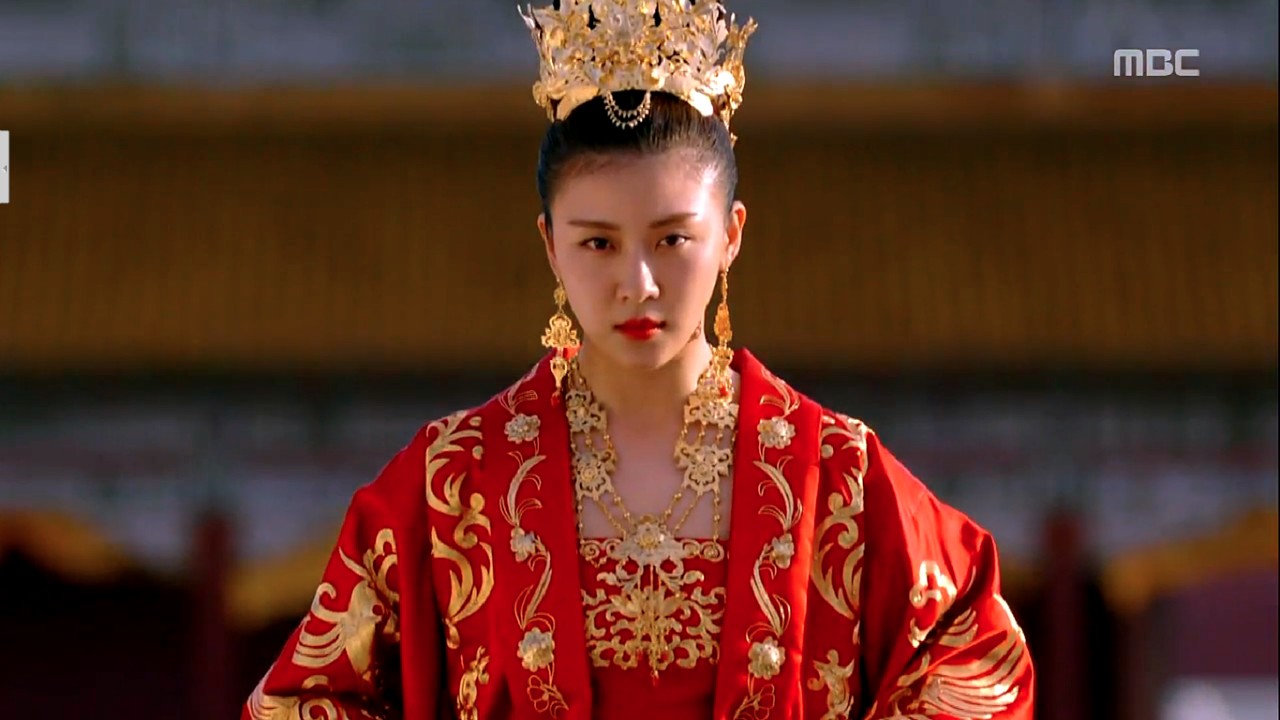
At its core, the integration of different musical genres in fusion sageuk OST acts as an important translation tool to express the challenges and depth of emotion felt by the people in an era who are now far removed from our time period, but still offer something valuable to teach us. Rock is a universal term for adrenaline-inducing action sequences and life or death battles between great rivals, while orchestral songs relay the well-recorded and widely felt bittersweetness of love and loss.
An upbeat pop track can easily signify the budding relationship between two young, star-crossed lovers, whereas a rebellious hip-hop song might introduce a motley crew of underdogs unifying under a noble cause. Our musically multicultural world understands the soul-baring language of music to a great extent and thus we as viewers, are immediately granted access to a world we may find difficult to understand fully.
While on one hand certain fusion sageuk songs offer me a calming sensation and clarity not felt through any other means, it can also transport me outside of myself, and into a far and historically fictional world, where people living under a despotic king carry a modest wish in their hearts for new day and another spring. And to me, that’s the remarkable power of fusion sageuk OSTs.
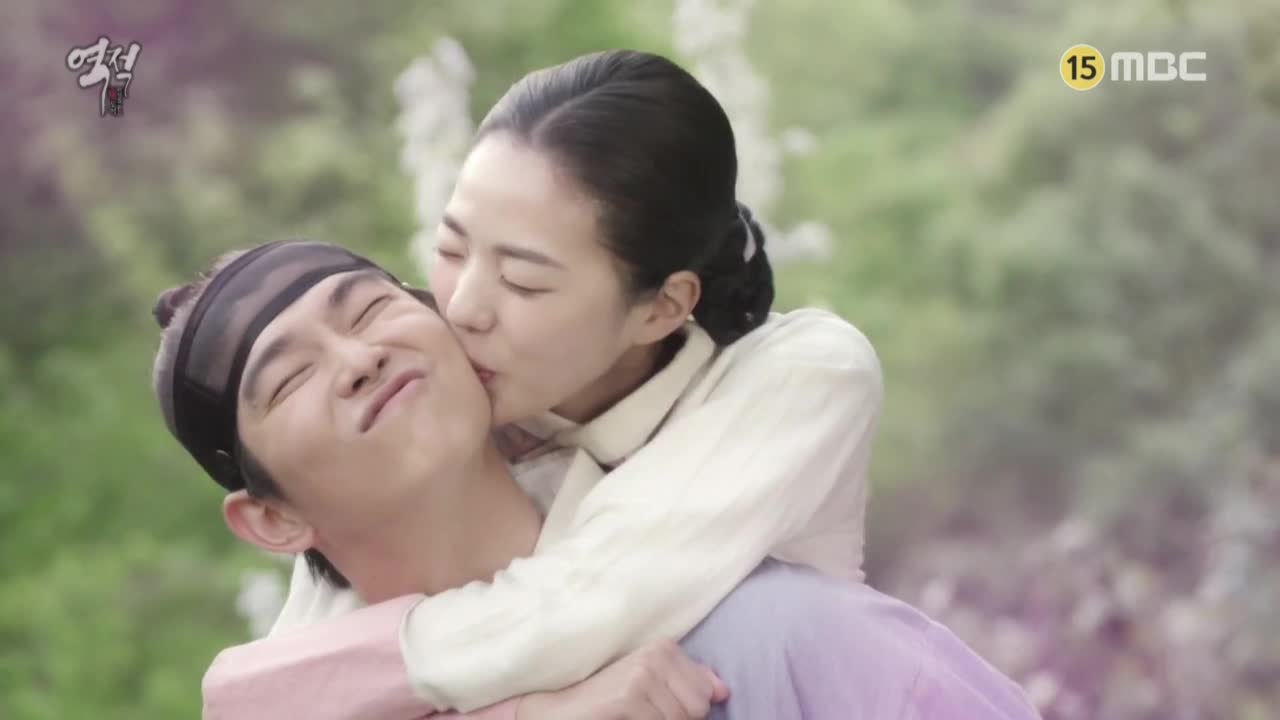
RELATED POSTS
- [Music and Dramas] The joy (and efficiency) of dramatic musical cues
- [Theme of the Month] Our relationship to music and dramas
- [Theme of the Month] Challenge! Revisit an old drama
- [Theme of the Month] How have your K-drama tastes changed over time?
- What’s your dramaland catnip? Tell us your stories!
Tags: Theme of the Month
![[Cast Away] A psychometric marries his enemy to foil her plans](http://d263ao8qih4miy.cloudfront.net/wp-content/uploads/2023/09/castaway_header1.png)

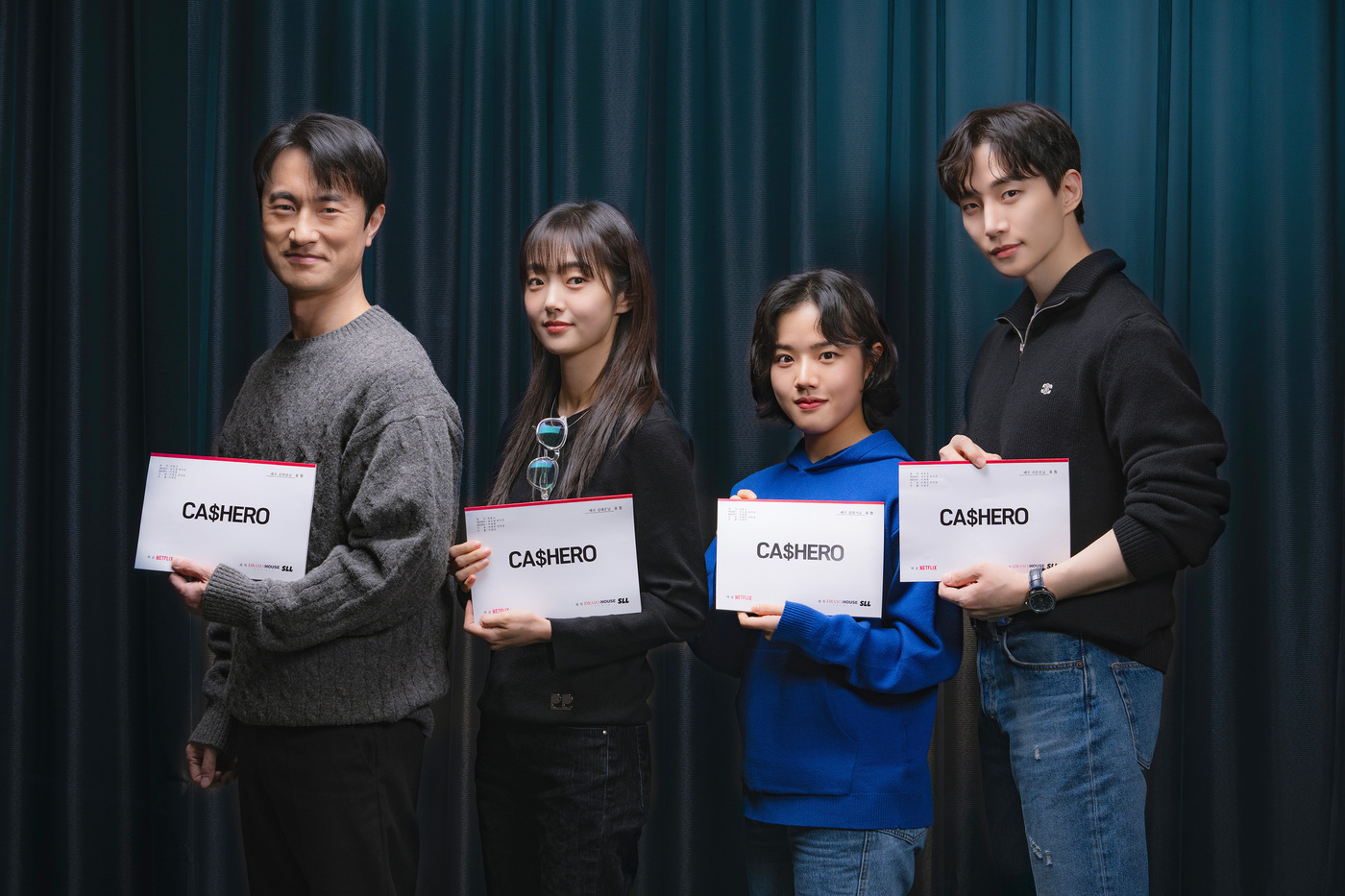

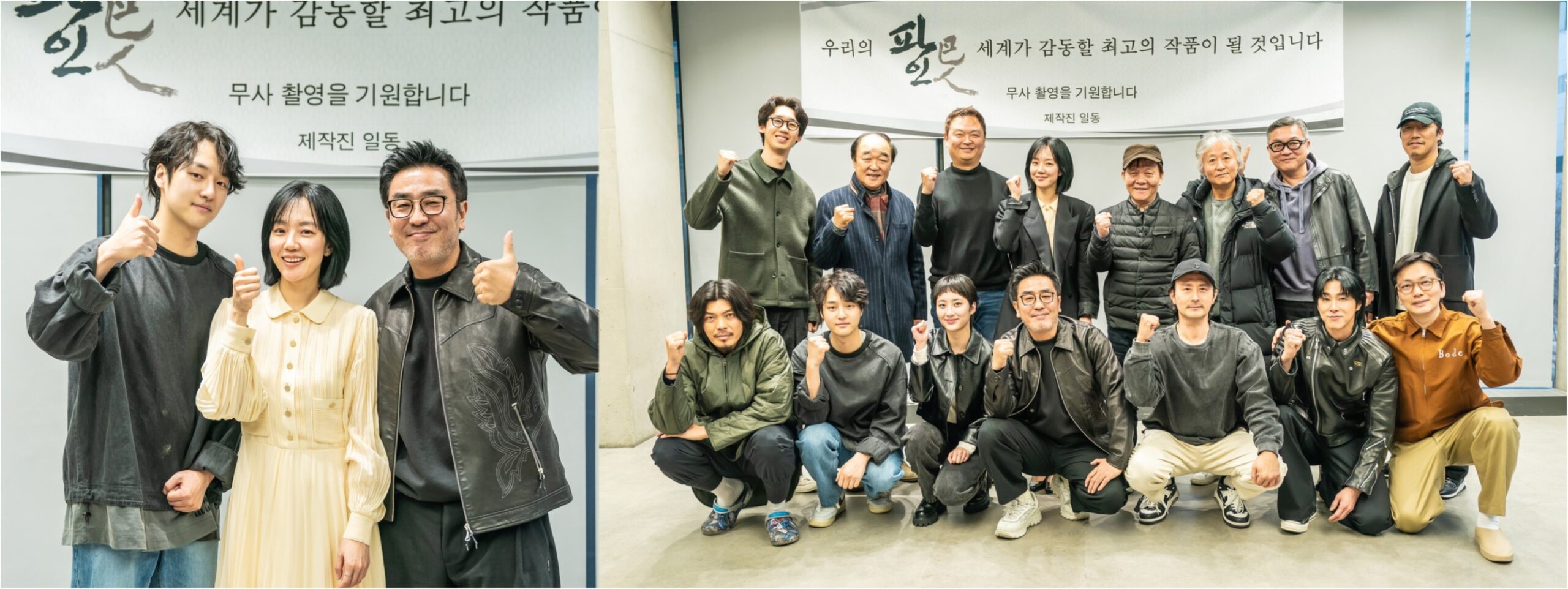
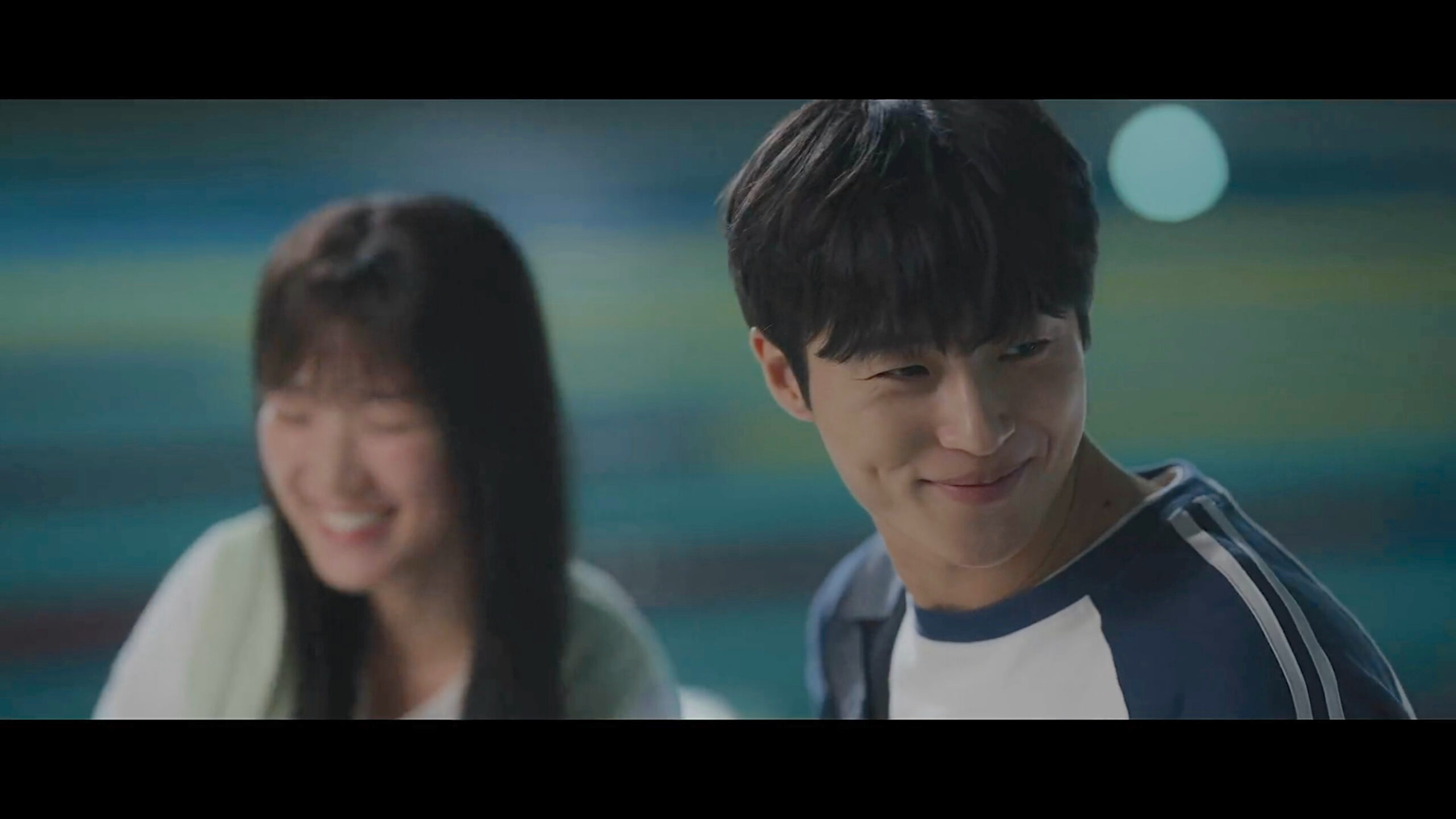
![[Beanie Recs] Dramas about fangirling](http://d263ao8qih4miy.cloudfront.net/wp-content/uploads/2022/05/BeanieRecs.jpg)
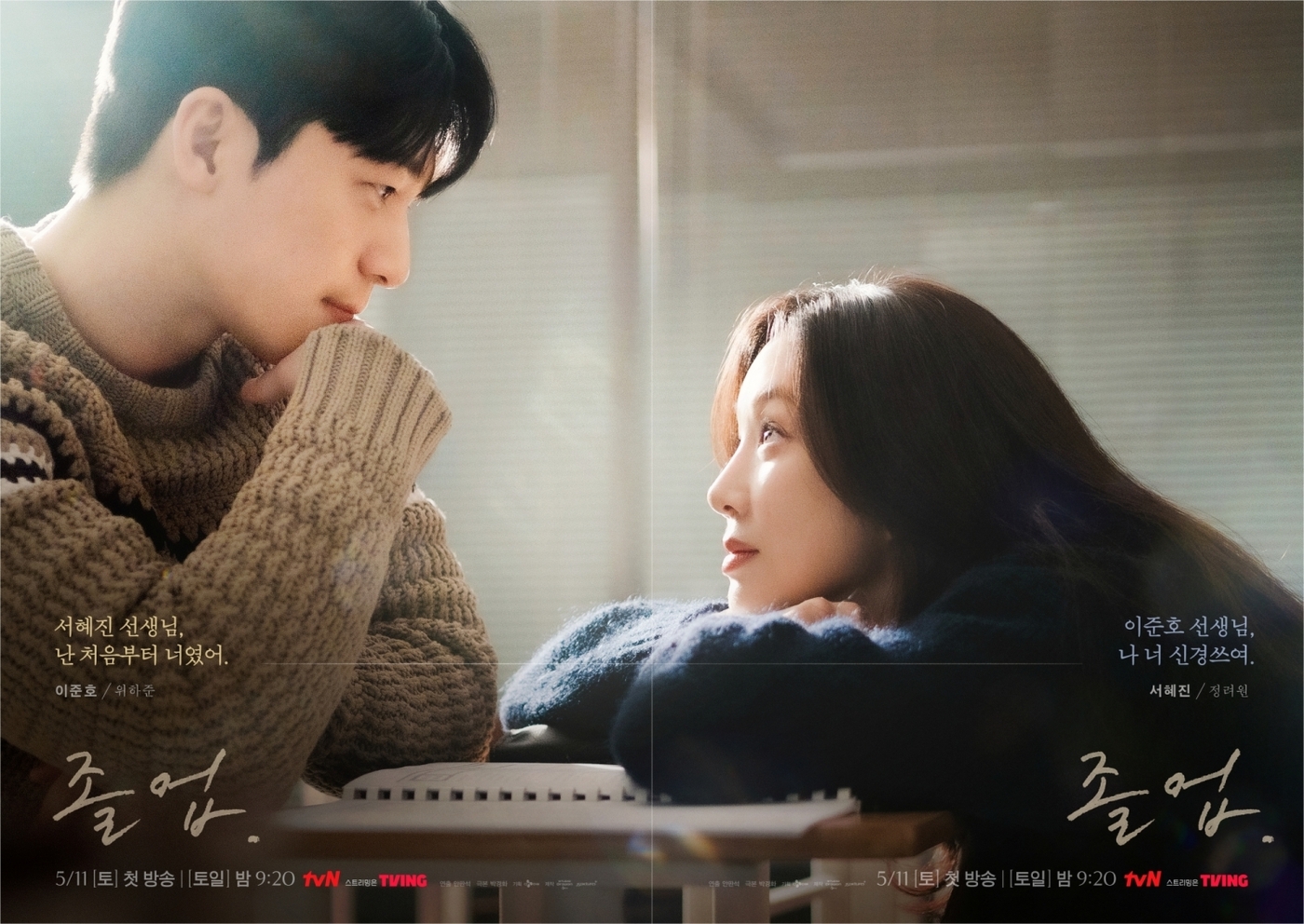
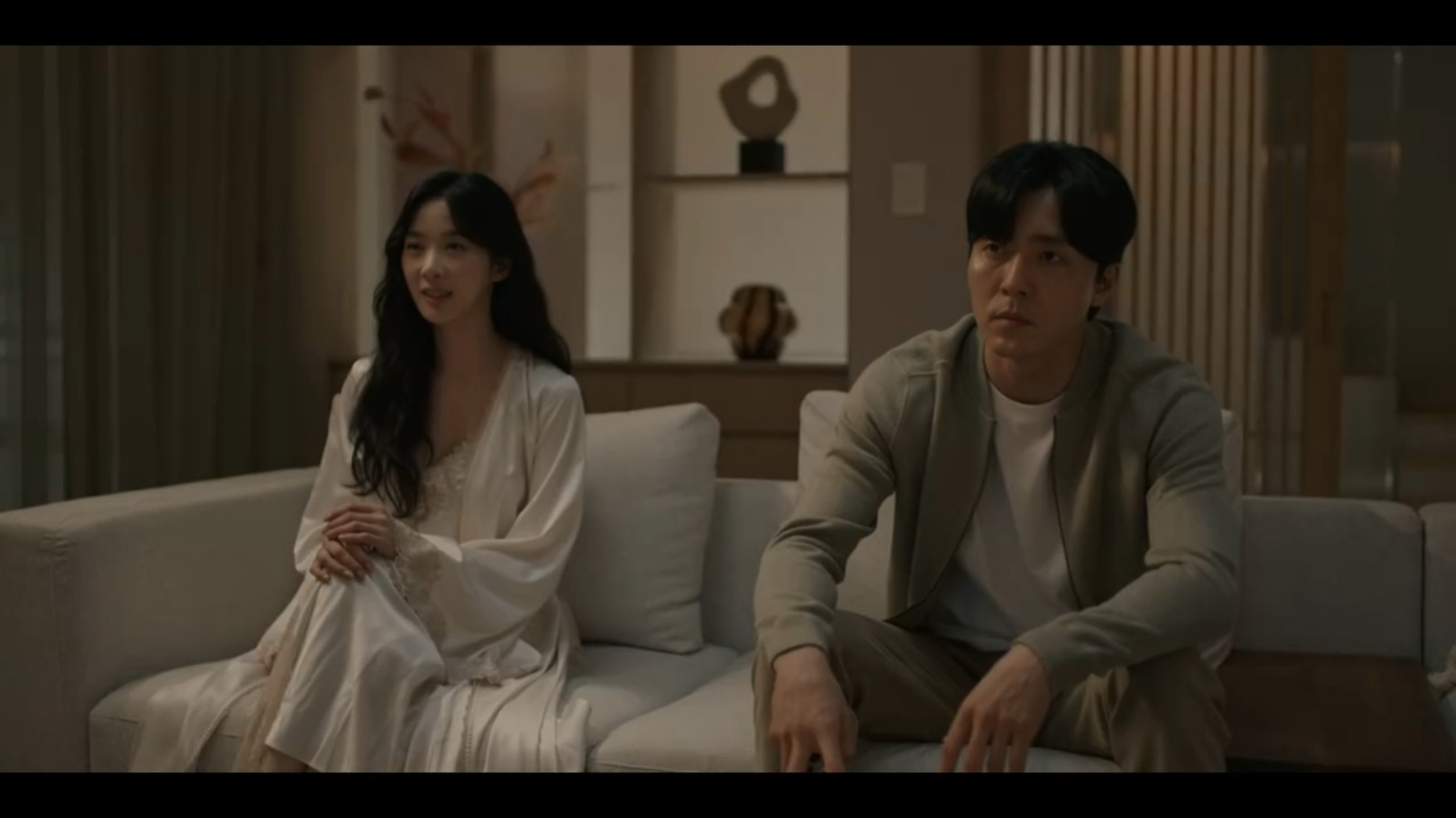

Required fields are marked *
Your email address will not be published. Required fields are marked *
1 Elle
September 11, 2017 at 8:15 PM
Yay for the Chuno OST love! It's the best sageuk OST I've listened to. The drama's music direction is simply perfect.
Shout out to Ahn Ye-eun (Rebel) and fusion instrumental band Second Moon (Goong, Moonlight Drawn by Clouds). I love all the OSTs they've made.
Required fields are marked *
2 lunatic4kd
September 11, 2017 at 8:32 PM
Oh Murasakimi - you have written my exact thoughts so eloquently and caused me to dive blissfully back into all the fusion sageuk OSTs I have loved. Thank you SO much! I am going to figure out how I can create my own curated list of these OSTs (and many more favorites) to have always available on Spotify or Soundcloud for access whenever I want to be transported.
Required fields are marked *
3 Ally
September 11, 2017 at 8:33 PM
Although I only got through the first episode of Scarlet Heart, I've listened to that sound track at least a dozen times. And the song you've mentioned I had seen the video and it almost made me go back and try watching it again. It hits you in the deepest part of your heart, and I had not a clue what it was referring to.
Required fields are marked *
4 meenuby
September 11, 2017 at 9:26 PM
Beautifully expressed, murasakimi.
One of my all-time favorite OST is the Your Tears instrumental from Tamra the Island. Transports me right back to the magic of Tamra's Jeju and our leads' love story. ❤️❤️❤️
https://www.youtube.com/watch?v=XxPcIUeyjCo
Required fields are marked *
5 Madkdr
September 11, 2017 at 9:56 PM
Murasakimi ?? ?? ??
Beautifully said!! Coincidentally - was just listening to Splish Splash OST - "I need you" - this morning!!!
Required fields are marked *
6 Del
September 11, 2017 at 10:58 PM
I am happy that OST from "Moon Lovers: Scarlet Heart Ryeo" finally being mentioned. Though I don't enjoy most of the audio soundtracks with the exception of "Will Be Back" and "Can You Heart My Heart" (minus the rap), the instrumentals soundtrack are fantastic.
It also surprised me that @murasakimi mentioned the scene of Lady Hae's death in correspond to the "Will Be Back". To me, that song will always get me reminded of Lady Oh's execution in episode 11. Nevertheless, the haunting ethereal voice of Sun Hae Im really did magic to elevate the whole scene. The song itself pretty much signified deaths in the drama.
Required fields are marked *
WishfulToki
September 12, 2017 at 9:25 PM
I also associate Will be Back with Lady Oh's death. Episode 11 was the moment when music, storytelling and acting came together and it was breathtaking. Scarlet Heart is a really weird case for me: most of the songs didn't seem to fit (ugh that rap) so they didn't reach me emotionally, but afterwards I added them to my playlist and listen to them all the time.
Required fields are marked *
Ally
September 12, 2017 at 9:33 PM
Maybe it helped I didn't see the drama because I really don't mind the rapping. And the instrumentals are gorgeous. I think I found it after finding a top 10 Korean ost vid on YouTube (what did we ever do before?) and then listened to the whole thing. I thought it was wierd to have such poppy music in a sageuk, but the music really wasn't bad on its own.
Required fields are marked *
Del
September 12, 2017 at 11:02 PM
May be you are right. But I am never a fan of incorporating "rap" song in a sageuk, even a fusion sageuk. It just feels so out of place.
But Scarlet Heart OST being listened to as individual track is really quite good.
Required fields are marked *
WishfulToki
September 13, 2017 at 11:37 AM
I agree with both you. Let's see if I can express myself clearly:
Scarlet Heart OST is great on its own, but for me many of the songs didn't quite work in the drama (baby, baby?). On the other hand the instrumentals were beautiful and added depth to the drama. Thus, the music felt disjointed (rather than 'fused') while live watching. BUT they are great on my youtube playlist.
Regarding rap, I just didn't like it in that romantic scene gazing out at the sea. However, I am not against rap per se in sageuks. Two of my favourite tracks are from Faith and Chuno... maybe I prefer rap in action sequences?
7 silvermists
September 12, 2017 at 3:03 AM
This is such a remarkably well written post @murasakimi I'm in awe! You put to words feelings about music I didn't even know how to articulate in such a clear, organized, and well thought out way. You are clearly passionate about music, and it shows. Thank you for sharing your thoughts with us.
Required fields are marked *
8 yoeda
September 12, 2017 at 5:51 AM
Chuno really has a beautiful OST. It's one of the best k-drama OST in my opinion. Totally love it. And what an amazing article.
Required fields are marked *
9 awcoconuts
September 12, 2017 at 6:58 AM
so good <3
Required fields are marked *
10 missjb
September 12, 2017 at 6:34 PM
really what a good writing. in other words, at times the music is the emotion.
Required fields are marked *
11 WishfulToki
September 12, 2017 at 9:29 PM
@murasakimi thank you for this absolutely beautiful essay on music. You have said everything I wanted to say and even better! You mentioned my favourite fusion OSTs (omg, Chuno, Rebel, Empress Ki, Princess' Man!) I would add Faith: the music made what could have been a mediocre drama really special.
Required fields are marked *
mooninpisces
September 15, 2017 at 4:18 PM
I have the OST for Faith and really enjoy it.
Required fields are marked *
12 RoseTyler
September 13, 2017 at 7:37 AM
Great post! I tend to love the fusion sageuk OSTs as well. Rebel was a personal favorite!
Required fields are marked *
13 curly
September 13, 2017 at 8:49 PM
Your words are impressive @murasakimi! I'm not really into fusion saeguks but I really loved the OSTs of Scarlet Heart. And I agree with you about the Will Be Back OST. Anyways, this post is a masterpiece! Amazing! ????
Required fields are marked *
14 Tintel
September 14, 2017 at 4:01 PM
That piece from The Moon That Embraces the Sun (embedded in the article) still tugs at my heart. I've seen only a few historical drama, but they're always fantastically scored.
Required fields are marked *
15 cassie23
September 15, 2017 at 4:58 AM
ahn ye eun songs in rebel are awesome,? one of the reason i love rebel so much
Required fields are marked *
16 application context
September 16, 2017 at 1:33 AM
BMW drivers can walk after dark hotel book counter and directly enter
in the booked room. The reason for this is actually the quantity of cores they have,
and thus Apple must include a much better chip-set for the
i - Phone 5 to compete with the newest generation of Smartphones
from LG and Samsung respectively. In addition, they used a lot of electricity, generated
a great deal of heat that was usually the reason behind malfunctions.
Required fields are marked *